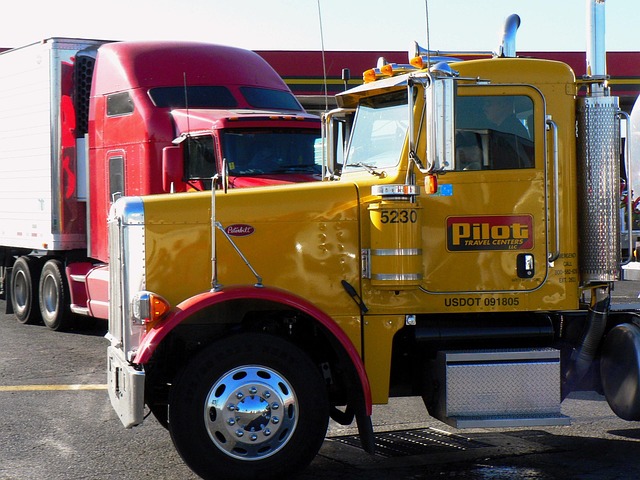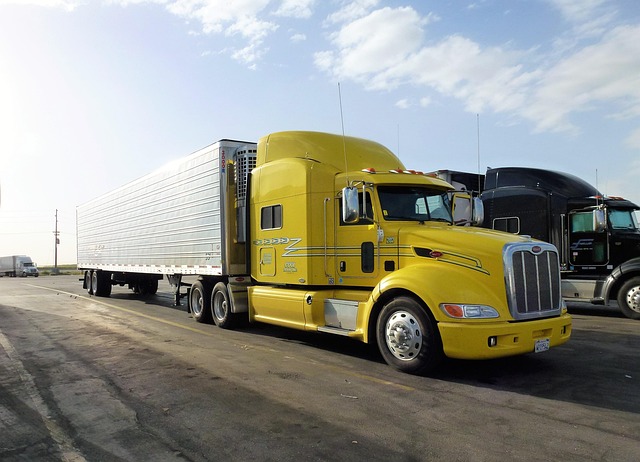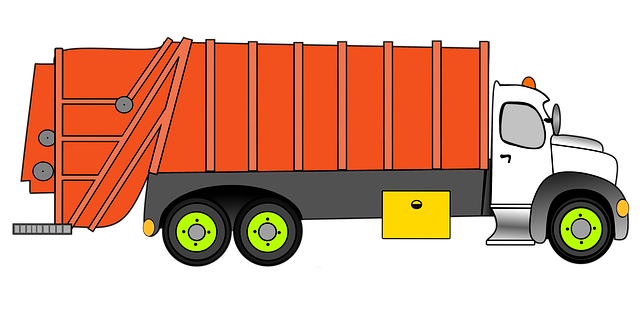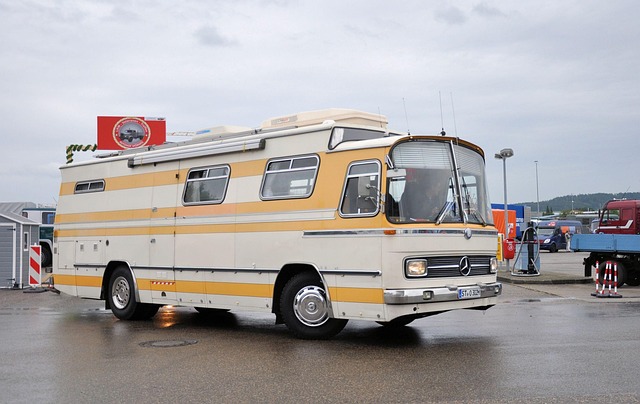Registering a car in California involves understanding key requirements and gathering essential documents. This step-by-step guide walks you through the process, from confirming your vehicle’s identity through DMV-mandated VIN (Vehicle Identification Number) verification to completing the application and paying fees. We’ll also show you how to obtain license plates and register online for a seamless experience. Ensure everything is done correctly with our clear instructions on DMV vin verification.
- Understand California Car Registration Requirements
- Gather Necessary Documents for DMV Visit
- Perform Vehicle Identification Number (VIN) Verification
- Complete Application and Pay Fees at DMV
- Obtain License Plate and Register Your Vehicle Online
Understand California Car Registration Requirements

Before registering your car in California, it’s crucial to understand the state’s specific requirements. The California Department of Motor Vehicles (DMV) mandates several steps for car registration, including a thorough vehicle inspection and verification of the Vehicle Identification Number (VIN). This process ensures that all vehicles on California roads meet safety standards and are properly documented.
One important aspect is the DMV vin verification, which involves checking the VIN accuracy and history. This can be done through various methods, including a mobile vin verifier or a vin inspection conducted by a professional. Utilizing these tools helps in quickly verifying the vehicle’s identity, ownership, and any potential issues, making the registration process smoother for both owners and DMV officials.
Gather Necessary Documents for DMV Visit

Before heading to the DMV, make sure you have all the essential documents ready for a smooth car registration process. The primary requirement is a valid driver’s license or ID card. You’ll also need proof of vehicle ownership, typically a purchase agreement or bill of sale. It’s crucial to bring along the original title if it’s been transferred to your name, and don’t forget insurance proof – your auto policy’s declaration page will suffice.
Additionally, the DMV will require a completed Vehicle Registration Application form, which can be obtained online. A key document for most transactions is the vehicle identification number (VIN) verification. This can be easily arranged through a mobile vin verifier, ensuring accuracy and saving you time. Remember to bring your registration fees as well, payable by cash, check, or debit card.
Perform Vehicle Identification Number (VIN) Verification

Before registering your vehicle in California, performing a Vehicle Identification Number (VIN) verification is a crucial step. This process ensures that your car’s unique VIN matches the details in the DMV’s system and helps prevent fraud or identity theft. It’s easy to complete, often done at a designated DMV location, or with a convenient mobile vin inspection service. These mobile vin verifier professionals can perform the check right at your convenience, saving you time and effort.
The DMV recommends this verification as part of the registration process. A valid VIN is essential for accurate record-keeping, ensuring that every vehicle on California’s roads is accounted for. This simple step not only protects consumers but also facilitates smoother transactions when selling or transferring a vehicle later.
Complete Application and Pay Fees at DMV

After gathering all necessary documents, it’s time to complete your car registration process at the Department of Motor Vehicles (DMV). Fill out the application form, ensuring every detail is accurate and up-to-date. This includes providing your personal information, vehicle specifications, and proof of insurance. The DMV will require a valid driver’s license or state ID card along with the application.
Once your application is complete, you’ll need to pay the registration fees. These fees vary based on your vehicle type and age. For accurate and timely processing, consider using the DMV’s online payment system or paying in-person at a local field office. Don’t forget that a successful car registration in California also involves completing a Vehicle Identification Number (VIN) verification process, which can be efficiently handled through a mobile VIN inspection or mobile VIN verifier service to ensure your vehicle’s authenticity and history.
Obtain License Plate and Register Your Vehicle Online

After completing your vehicle’s purchase, it’s time to officially register your car with the California Department of Motor Vehicles (DMV). To streamline this process, you can now obtain a license plate and register online through the DMV’s website. Begin by visiting the official DMV portal and selecting the “Register a Vehicle” option. Here, you’ll input essential details about your vehicle, including its make, model, year, and unique Vehicle Identification Number (VIN). This VIN verification is a crucial step to ensure the accuracy of your registration.
Once your vehicle’s information is confirmed, you can choose your preferred method of license plate delivery. Some customers opt for the traditional in-person pickup at a local DMV office, while others take advantage of mobile vin inspection services that allow for a more convenient and time-saving experience. These mobile vin verifier options often include features like real-time tracking and digital documentation, making it easier to manage your vehicle’s registration from start to finish.
Registering a car in California involves several steps, from understanding the state’s requirements to gathering essential documents and completing an application. Ensure you conduct a DMV VIN verification for accuracy. Once approved, obtain your license plate and register your vehicle online for convenient, official compliance with California’s car registration procedures.



